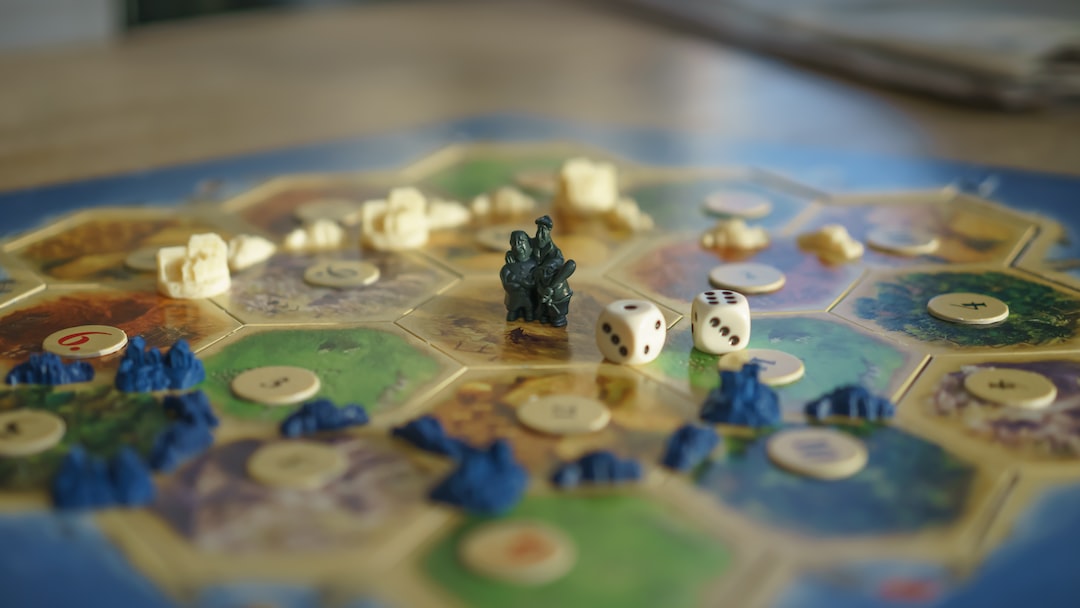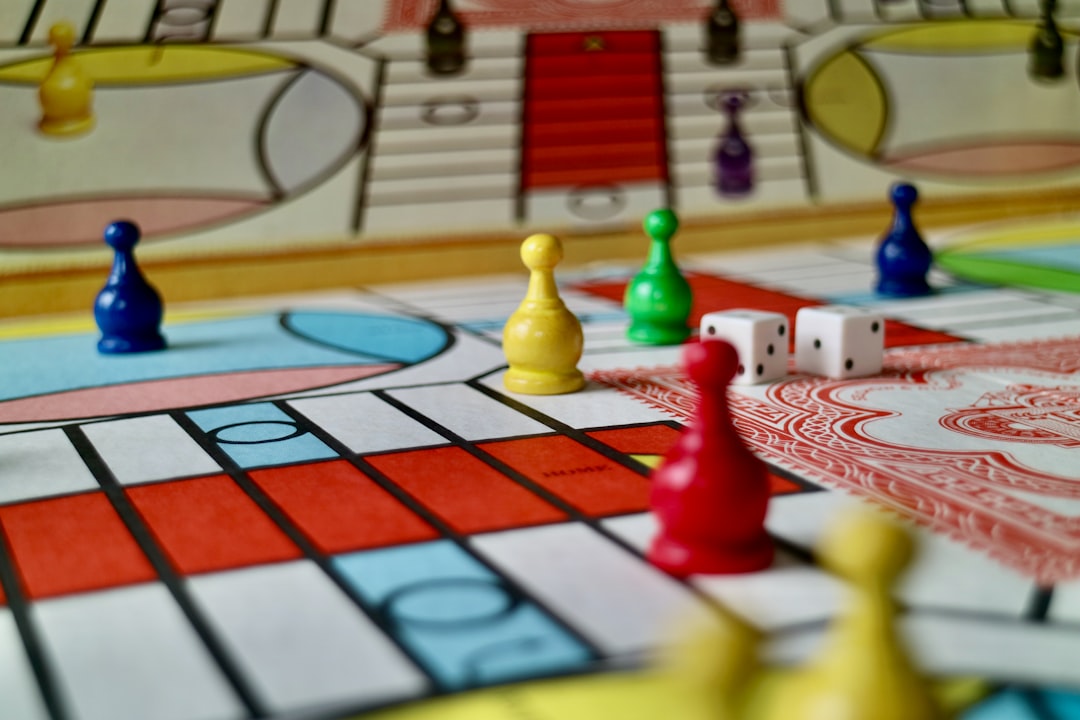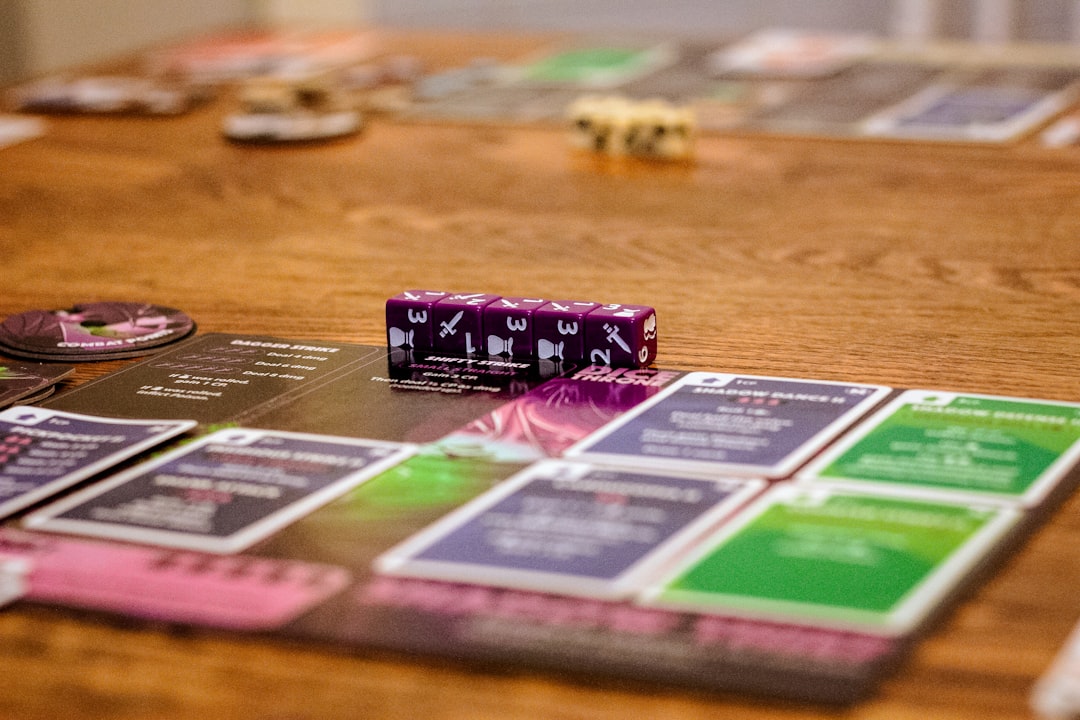Startups face numerous challenges in a highly competitive marketplace. From managing limited resources to engaging customers and building a brand, every aspect of the business demands attention. Gamification has emerged as a powerful tool to gain a competitive edge and drive business success. Gamification involves using game-like elements in non-game contexts to motivate and engage users.
Gamification has grown in popularity as it allows startups to create a more entertaining and interactive experience for their users. By incorporating game elements such as points, badges, and leaderboards into their offering, startups can enrich the user experience and increase engagement levels. Ultimately, this engagement can lead to increased customer loyalty, higher retention rates, and growth in the customer base.
The importance of gamification in startups is further underscored by its potential to foster brand advocacy. When users have positive experiences with a game, they are more likely to share their experiences with others, which can help to promote the startup’s brand and offerings. This can help to drive business growth and enhance the startup’s reputation.
In this blog post, we will explore the benefits of gamification and how it can help startups to succeed in today’s competitive business landscape. We will also examine successful examples of gamification in startups and discuss the future of gamification in the startup ecosystem.
The Power of Engagement: How Gamification Keeps Your Users Hooked
Gamification is a powerful tool for startups looking to engage their users and keep them coming back for more. By leveraging game-like mechanics and rewards, startups can create a more engaging user experience that users will want to return to time and time again.
One of the most significant benefits of gamification is its ability to create a sense of competition and achievement in users. This type of engagement is particularly effective for startups that offer products or services that are not immediately exciting or engaging, such as financial or educational tools. By adding game-like elements to these types of products, startups can make them more fun and engaging, thereby increasing user adoption and retention rates.
Gamification also allows startups to gather valuable data about their users, such as what types of rewards or incentives are most effective in driving user behavior. This data can then be used to create more targeted and effective marketing campaigns, as well as to improve the product or service itself.
Further, gamification can be used to build a sense of community among users. For example, startups can create social platforms or leaderboards that encourage users to compete against one another or engage in collaborative activities. This type of engagement can lead to increased retention rates, as users become emotionally invested in the community they are a part of.
In summary, gamification is a powerful tool that can help startups achieve a variety of business objectives, such as driving user engagement, increasing retention rates, and improving product or service offerings. By leveraging game mechanics and rewards, startups can create a more engaging user experience that users will want to return to time and time again. In the next section, we will explore how gamification can be used to build relationships with customers and foster loyalty.
Further, gamification can be used to build a sense of community among users.
Building Relationships: How Gamification Nurtures Customer Loyalty
Gamification is a powerful tool that startups can use to foster strong relationships with their customers. By using game mechanics and techniques, startups can create a sense of shared experience with their customers. This shared experience creates a bond that goes beyond just the transactional relationship that exists between a business and its customer base.
One way gamification helps nurture customer loyalty is by tapping into our innate desire for competition. Humans are wired to compete, and gamification taps into this desire by creating a leaderboard or some other way of ranking players. This leaderboard can display not just players’ scores, but also their avatar, name, and location. This display of information helps users connect with each other and can often lead to new friendships or collaborations. This sense of community can be a powerful motivator for users to keep coming back to your product or service.
Another way gamification can aid in relationship-building is through challenges or quests. By giving users specific challenges to complete, you not only create a sense of accomplishment when they succeed, but you also give them a reason to continue coming back to your platform. This is particularly effective when the challenges are closely aligned with your product or service. For instance, if you are a language learning startup, you could create a challenge that requires users to complete a certain number of lessons in a set amount of time. Not only does this help users improve their language skills, but it also keeps them engaged with your product.
In addition to building a sense of community and providing challenges for users, gamification can also be used to create a sense of progress. By tracking progress and displaying it in a visual way, such as through a progress bar or level system, users are motivated to keep playing and keep engaging with your product. This also creates a sense of investment in your product, which can lead to customer loyalty over time.
Overall, gamification is a powerful tool for startups looking to build strong relationships with their customers. By tapping into our innate desire for competition, providing challenges and quests, and tracking progress, startups can create a sense of connection with their users that goes beyond just a transactional relationship. By nurturing these relationships, startups can create a loyal customer base that will continue to engage with their product and provide valuable feedback for years to come.
.
Learning Made Fun: How Gamification Enhances User Education and Retention
Gamification has the power to make learning fun and enjoyable. Traditional forms of education can often be dull and boring, making it difficult for users to retain information. Gamification transforms mundane tasks into engaging activities that motivate users to learn and complete tasks. The concept of gamification provides real-time feedback to users, allowing them to track their progress and see their achievements. By incorporating gamification into startup products or services, users are more likely to engage with the content and retain more information.
One of the most prominent features of gamification is the use of visual aids that help users understand complex ideas or theories. Visual aids can be in the form of graphics, animations or interactive diagrams. Gamification also enables users to experience learning in a more hands-on way, allowing them to actively participate in the learning process. By using game mechanics like rewards, badges, and leaderboards, users are motivated to complete tasks and reach the next level of learning.
Gamification also enhances user retention by providing users with a memorable learning experience. When users have a good experience with your product or service, they are more likely to remember it and recommend it to others. This increases the likelihood of user retention and word-of-mouth marketing, which are both essential to the success of a startup.
Another benefit of gamification enhancing user education is that it can be adapted to different learning styles. This means that users with different learning preferences can still benefit from the same product or service. Gamification can be customized to suit different learning styles, such as auditory learners, visual learners, and kinesthetic learners.
In summary, gamification has transformed the way users learn and has made education more enjoyable and effective. Gamification is a powerful tool for startups who want to enhance user education and retention. With the right use of game mechanics, visual aids, and personalized learning experiences, startups can create a product or service that not only educates but also entertains its users.
Visual aids can be in the form of graphics, animations or interactive diagrams.
Driving Business Outcomes: How Gamification Boosts Your Startup’s Bottom Line
Gamification isn’t just a fun way to engage your users or increase brand loyalty. It can also have a significant impact on your startup’s bottom line. In fact, companies that have implemented gamification strategies have reported increased revenue, customer retention, and overall business growth.
One of the ways gamification can drive business outcomes is by increasing user engagement. When users are engaged with your product or service, they are more likely to become repeat customers and generate positive word-of-mouth. This, in turn, can lead to increased sales and revenue.
Another way gamification can boost your bottom line is by improving employee productivity and satisfaction. By implementing gamified training programs, you can help your employees develop new skills and stay motivated, leading to increased productivity and a more efficient workforce.
Gamification can also be used to drive specific business outcomes, such as increasing customer referrals or social media engagement. By incentivizing users to share your brand with their friends and followers, you can expand your customer base without additional marketing costs.
In addition to improved revenue and customer engagement, gamification can also have a positive impact on your startup’s overall business goals. For example, by gamifying your customer loyalty program, you can collect valuable data on user behavior and preferences, providing useful insights for product development and marketing strategies.
Overall, gamification can be a powerful tool for driving business outcomes and achieving startup success. By increasing user engagement, improving employee productivity, and driving specific business goals, gamification can significantly impact your bottom line and set your startup on the path to long-term growth and success.
Gamification can also be used to drive specific business outcomes, such as increasing customer referrals or social media engagement.
Examples of Successful Gamification in Startups
Gamification has proven to be a highly effective strategy for startups looking to increase user engagement, nurture customer loyalty, and drive business outcomes. Many successful startups have used gamification to their advantage, creating highly addictive and engaging experiences for their users.
One example of successful gamification in startups is Duolingo, a language-learning platform. Duolingo gamifies language learning by breaking it down into bite-sized lessons that users can complete in just a few minutes each day. The platform also uses gamification techniques such as leveling up, daily streaks, and rewards to keep users engaged and motivated. This approach has been hugely successful; as of 2021, Duolingo has over 300 million users worldwide.
Another example is the fitness app, Sweatcoin. Sweatcoin uses gamification to encourage users to get active and stay healthy. The app rewards users with virtual currency, or “Sweatcoins,” that they can later convert into real-world rewards such as fitness gear, healthy snacks, and even cash. This gamification strategy has proven highly effective; as of 2021, Sweatcoin has over 40 million users and counting.
In the e-commerce space, gamification has also been used to great effect. One example is Tilt, a crowdfunding platform that gamifies the fundraising process. Tilt uses goal-setting, progress bars, and social sharing features to encourage users to work together towards a common fundraising goal. This gamification approach has helped Tilt achieve over $2 billion in collective funding to date.
Another successful example of gamification in startups is Habitica, a habit-tracking app that gamifies personal development. Habitica uses game mechanics such as quests, rewards, and avatar customization to encourage users to build positive habits and achieve personal goals. This gamification strategy has helped Habitica attract a dedicated user base, with over 2 million downloads as of 2021.
In conclusion, gamification is a highly effective strategy for startups looking to increase user engagement, nurture customer loyalty, and drive business outcomes. As demonstrated by successful startups such as Duolingo, Sweatcoin, Tilt, and Habitica, gamification can be used in a variety of industries and contexts to create highly addictive and engaging experiences for users. As such, the future of gamification in startups looks bright – and we can expect to see more and more companies embracing this powerful strategy in the years to come.
Conclusion: The Future of Gamification in Startups
Gamification has rapidly gained popularity in the startup world for its ability to engage users, nurture customer loyalty, enhance user education, and drive business outcomes. With the numerous advantages that gamification offers, it is no wonder that more startups are incorporating it into their business strategies to attract and retain customers.
As we have seen in the examples of successful gamification in startups, using game elements such as point systems, progression bars, and leaderboards creates a sense of competition among users, which motivates them to take action and engage with the product or service. This, in turn, leads to increased retention, customer loyalty, and ultimately, revenue.
The future of gamification in startups looks promising, with more innovative and creative ways to incorporate game elements into products and services. We can expect to see more startups in industries from healthcare to education implementing gamification to make learning and behavioral change more enjoyable and effective.
However, as with any trend, it is important to use gamification strategically and thoughtfully. Startups should not use gamification simply for the sake of it, but rather as a tool to solve a specific problem or to achieve a business goal. A poorly executed gamification strategy can backfire and harm a startup’s reputation.
In summary, gamification is a powerful tool for startups to create engaging experiences for their users, nurture customer loyalty, enhance user education, and drive business outcomes. With careful planning and implementation, startups can leverage gamification to gain a competitive advantage and succeed in a crowded market.





